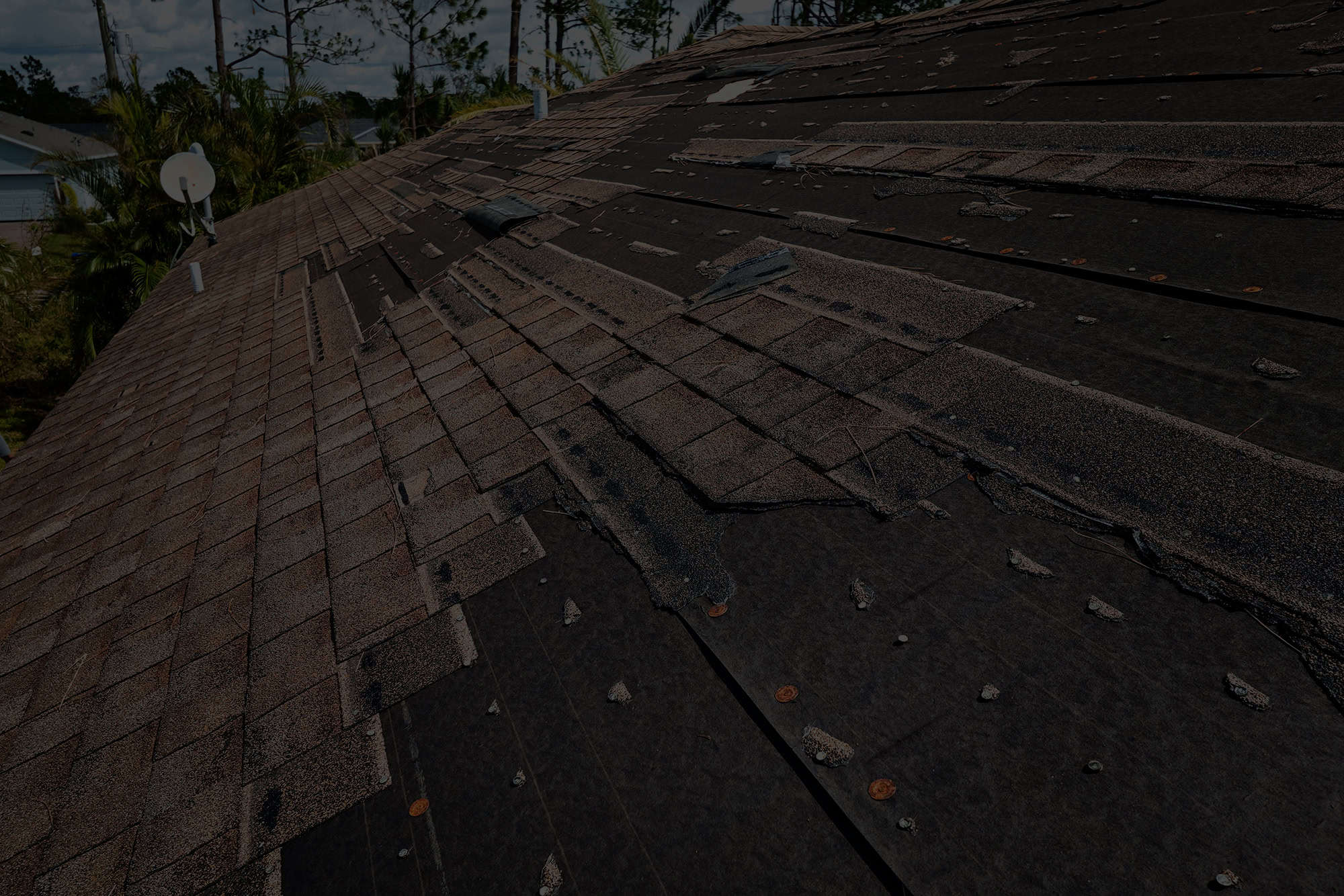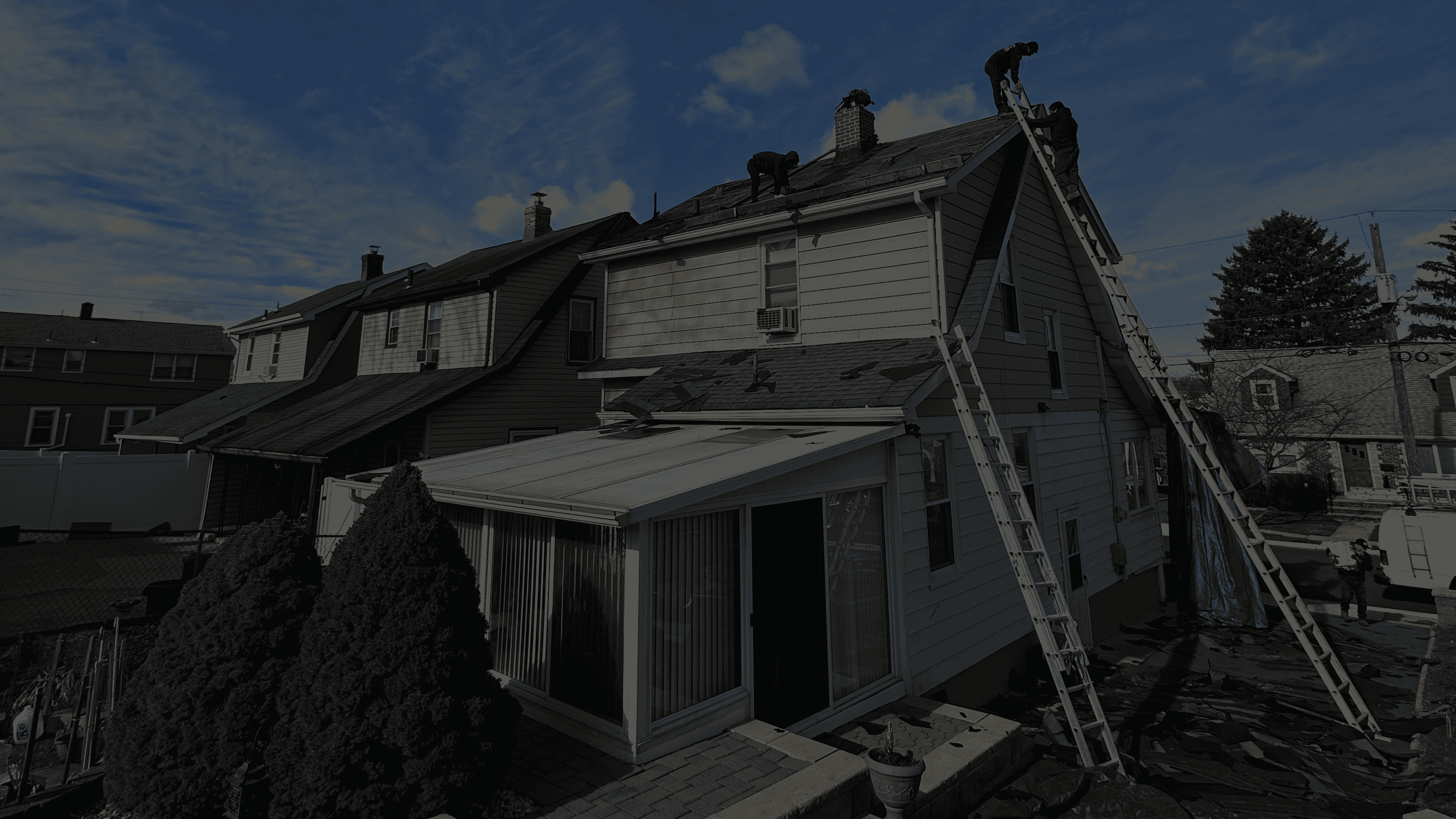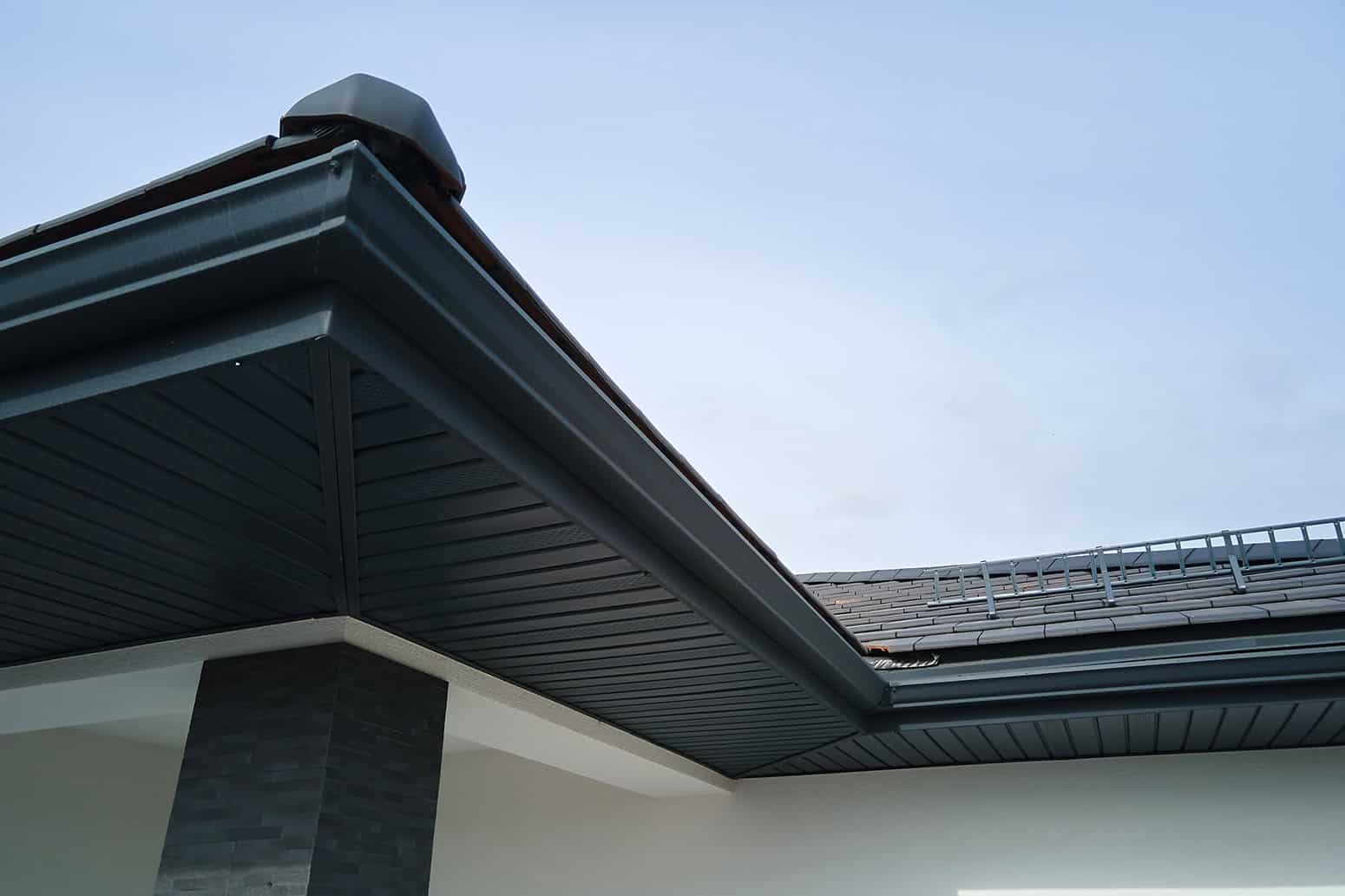What is Roof Damage and Leaks?
Roof damage refers to any deterioration or harm caused to your roof due to weather, wear and tear, or other factors. Leaks occur when water penetrates through the roof layers and enters your home, leading to potential damage to your ceilings, walls, and other structures. Roof damage can range from small issues like missing shingles to more severe problems like sagging roofs or damaged flashing.
Types of Roof Damage
Shingle Damage: Cracked, curled, or missing shingles are a common sign of roof damage. These issues allow water to seep through and can lead to leaks.
Flashing Damage: Flashing is used around chimneys, vents, and roof valleys to prevent leaks. When flashing is damaged or deteriorates, water can easily find its way into the home.
Sagging Roof: A sagging roof indicates structural damage, often due to a weakened deck or severe water damage. This is a serious issue that requires immediate attention.
Water Pooling: If water collects in certain areas of the roof and doesn’t drain properly, it can damage the roofing materials and lead to leaks.
Moss or Algae Growth: While not always immediately harmful, moss or algae can deteriorate shingles and allow moisture to accumulate, leading to leaks and further damage.
Hail Damage: Severe hailstorms can dent shingles, crack roofing materials, or cause general wear, making the roof vulnerable to leaks.
Why Roof Damage and Leaks Need Immediate Attention
Prevent Further Damage: Roof leaks and damage can lead to more serious problems, like water damage to ceilings, walls, electrical systems, and insulation. Immediate attention can prevent costly repairs later.
Structural Integrity: Continuous leaks and damage can weaken your roof’s structure, compromising your home’s overall stability. In severe cases, it can lead to structural collapse.
Mold and Mildew: Leaks can introduce moisture into your home, creating the perfect environment for mold and mildew growth, which can lead to health problems and expensive remediation.
Increased Energy Bills: Leaks and damaged areas can affect your roof’s insulation, leading to higher heating and cooling costs as your home becomes less energy-efficient.
When Roof Damage and Leaks Should Be Addressed
After a Storm: If your home experiences heavy wind, rain, or hail, it’s essential to inspect the roof for damage. These storms can cause shingle loss, flashing damage, or other issues that lead to leaks.
Visible Leaks Inside Your Home: If you notice water spots on your ceiling, damp patches on walls, or puddles inside, it’s a clear sign that there’s a roof leak that needs to be repaired right away.
If Your Roof Is Over 20 Years Old: As roofs age, they become more susceptible to damage and leaks. Even if you don’t see major issues, regular inspections can help catch potential problems before they cause serious damage.
When You See Shingles or Flashing Damage: If you spot missing, cracked, or curling shingles, or notice damaged or rusted flashing, it’s time to address these issues before they lead to leaks.
If There’s Visible Moss, Algae, or Debris: Over time, the growth of moss or algae can cause shingles to weaken and create entry points for water. It’s important to address these issues quickly to avoid further damage.
Signs You Might Have Roof Damage or Leaks
Water Stains on Ceiling or Walls: One of the most common signs of a roof leak is water stains or spots appearing on your ceiling or walls. These can be small at first but can grow larger if left unchecked.
Musty Smell or Mold: A persistent musty smell or visible mold in your attic or walls can indicate that water has been leaking into the home, encouraging mold and mildew growth.
Missing or Damaged Shingles: If you notice shingles that are cracked, curling, or completely missing, your roof may be vulnerable to leaks, and it’s important to replace those shingles.
Sagging or Drooping Roof: A sagging roof can indicate structural issues, often caused by water damage. If you notice any areas of your roof that appear to sag or dip, it’s a sign of severe damage that needs immediate attention.
Granules in the Gutters: Asphalt shingles often shed granules as they age. Finding large amounts of granules in your gutters is a sign that your roof may be deteriorating and could be at risk for leaks.
Daylight Coming Through the Roof: If you can see daylight through your roof in your attic, this means there’s a hole or gap in your roof where water can enter, creating potential leaks.
Increased Energy Bills: If your roof is damaged or leaking, it can compromise your home’s insulation and ventilation, leading to higher heating and cooling costs.
How to Address Roof Damage and Leaks
Inspect the Roof: If you suspect damage, it’s important to inspect your roof. Look for missing or damaged shingles, visible cracks, or water stains inside your home.
Temporary Fixes: If you can’t immediately repair the leak, temporary fixes, like using a tarp or sealant on small leaks, can help prevent further water intrusion until a professional can address the problem.
Call a Professional: For significant roof damage or leaks, it’s best to call a roofing contractor. They can assess the damage, perform necessary repairs, and ensure that your roof is watertight again.
Roof Replacement: In cases of severe, widespread damage (especially if the roof is old), a roof replacement may be necessary to ensure the long-term protection of your home.
In summary, roof damage and leaks should not be ignored. Quick action can help prevent costly repairs, mold growth, and even structural damage, protecting both your home and your wallet.



